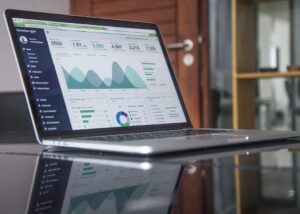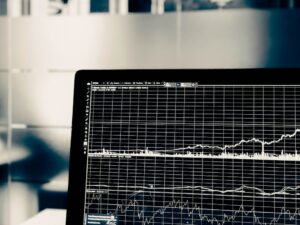Forex Trading Ideas: How to Use Technical Analysis to Your Advantage
For those involved in the foreign exchange market, commonly known as forex trading, understanding and utilizing technical analysis can be a powerful tool to gain an edge in the market. Technical analysis involves studying historical price data and using various indicators to forecast future price movements. By analyzing charts and patterns, traders can identify potential trading opportunities and make informed decisions.
Here are some key concepts and strategies that can help you use technical analysis to your advantage in forex trading:
1. Trend Analysis:
One of the fundamental principles of technical analysis is the concept of trends. A trend is the general direction in which a currency pair is moving over a specified period of time. Traders use trend analysis to identify the dominant market direction and take positions accordingly. There are three types of trends: uptrend, downtrend, and sideways (also known as range-bound). By identifying the prevailing trend, traders can align their trades with the market flow, increasing the probability of success.
2. Support and Resistance Levels:
Support and resistance levels are significant price levels at which the currency pair tends to stall or reverse. Support levels act as a floor, preventing prices from falling further, while resistance levels act as a ceiling, preventing prices from rising higher. By identifying these levels, traders can anticipate potential turning points and adjust their trading strategies accordingly. Support and resistance levels can be identified using various technical tools, such as trendlines, moving averages, and Fibonacci retracement levels.
3. Chart Patterns:
Chart patterns are recurring formations on price charts that provide valuable insights into future price movements. There are several common chart patterns, including triangles, head and shoulders, double tops, and double bottoms. These patterns indicate potential trend reversals or continuation, allowing traders to make profitable trading decisions. It is important to note that chart patterns should be used in conjunction with other indicators and tools to validate their significance.
4. Oscillators and Indicators:
Oscillators and indicators are mathematical calculations applied to price data to provide additional insights into market conditions. These tools help traders identify overbought and oversold conditions, potential trend reversals, and the strength of price movements. Popular oscillators and indicators include the Relative Strength Index (RSI), Moving Average Convergence Divergence (MACD), and Stochastic Oscillator. Traders use these tools to confirm signals generated by other technical analysis techniques and make informed trading decisions.
5. Risk Management:
While technical analysis can provide valuable insights, it is essential to implement proper risk management strategies to protect your capital. This includes setting stop-loss orders to limit potential losses, using appropriate position sizing techniques, and diversifying your trading portfolio. Technical analysis should be used as a tool to identify potential trading opportunities, but it should not be solely relied upon for decision-making. A comprehensive trading plan that incorporates risk management strategies is crucial for long-term success.
6. Continuous Learning:
The forex market is dynamic and constantly evolving. To stay ahead, it is essential to continuously learn and adapt to new market conditions. Technical analysis is not a one-size-fits-all approach, and traders should experiment with different indicators and strategies to find what works best for them. Additionally, staying updated with economic news, geopolitical events, and market sentiment can help traders make more informed decisions.
In conclusion, technical analysis is a powerful tool that can give forex traders an edge in the market. By studying historical price data, identifying trends, support and resistance levels, chart patterns, and using oscillators and indicators, traders can gain valuable insights into future price movements. However, it is important to remember that technical analysis should be used in conjunction with other analysis techniques and risk management strategies. Continuous learning and adaptation are crucial to navigate the dynamic forex market successfully.






